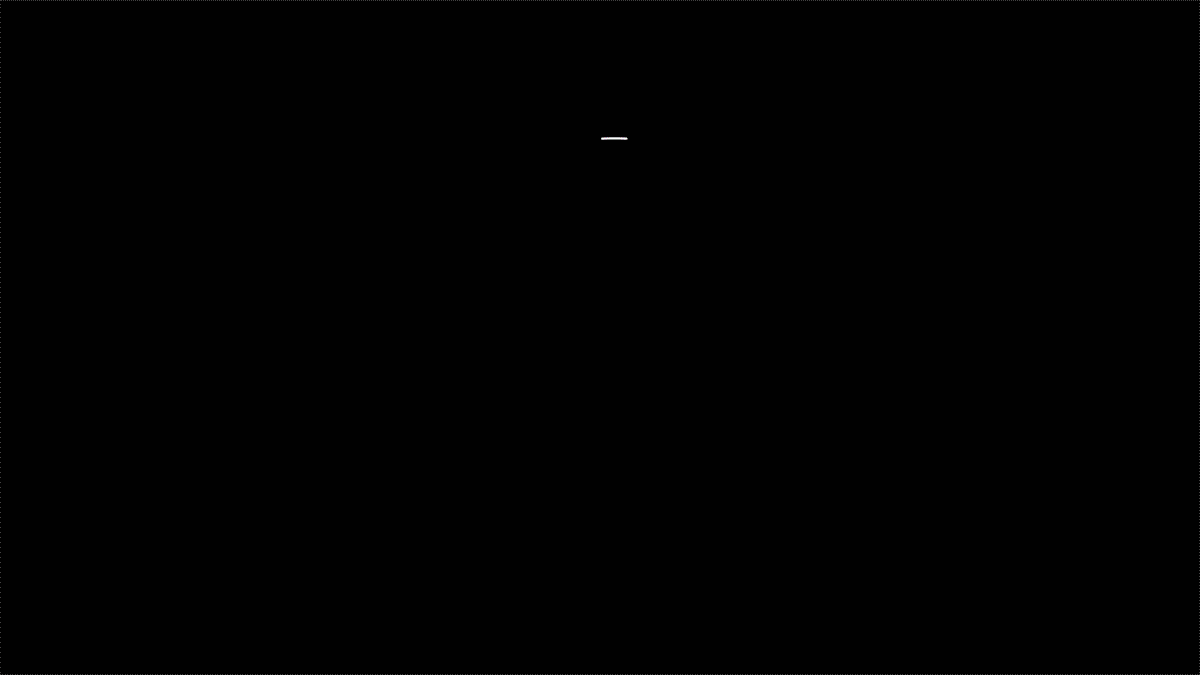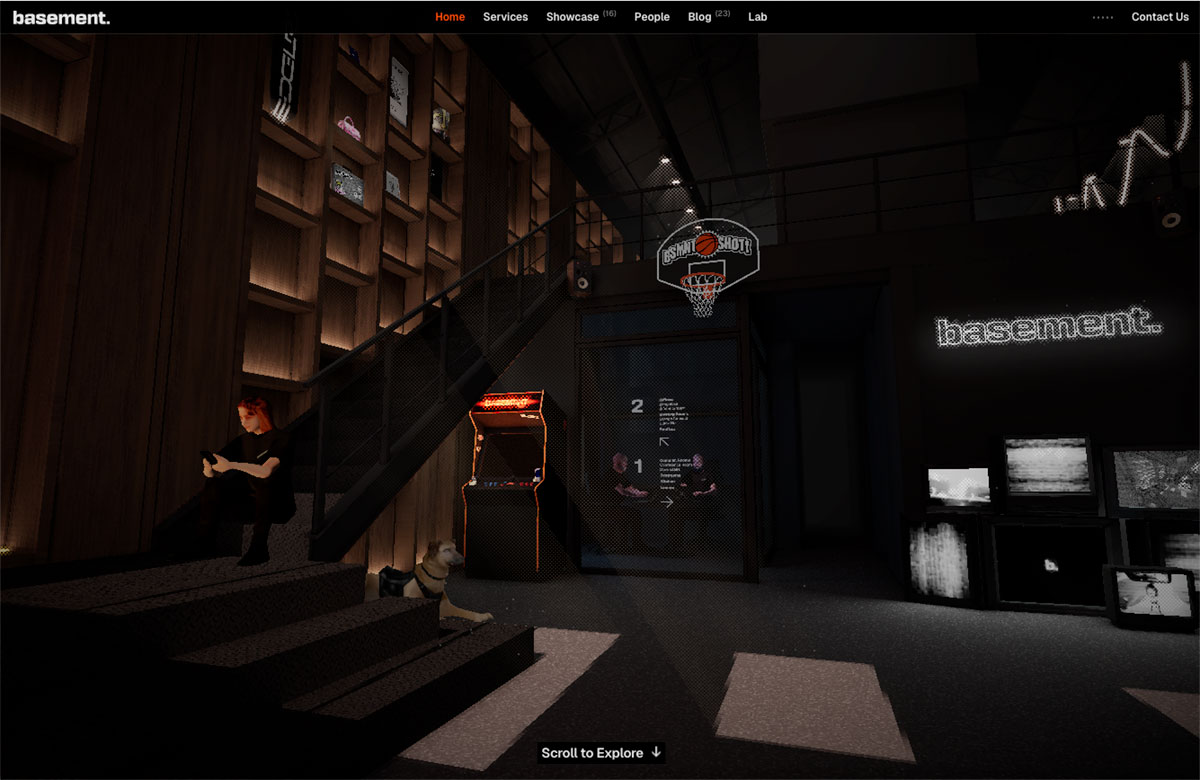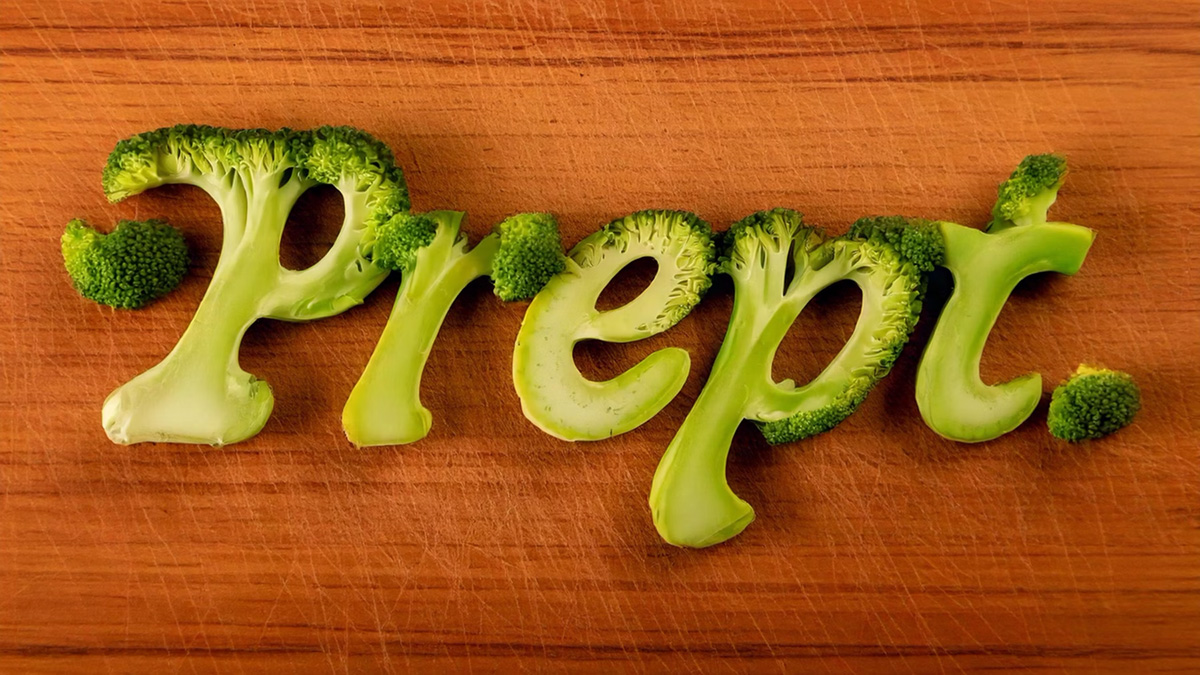The Evolving Landscape of Brand Design

The speed at which technology has advanced means brand design has never been more exciting, or more accessible. New tools and platforms are levelling the playing field, helping even the leanest of teams create work that looks, feels and behaves like the big names.
A few years ago, motion design, 3D visuals and interactive websites felt inaccessible for those smaller brands with smaller budgets. Thankfully though, these are now part of the everyday toolkit for all brands.
However, just because you now have these tools at your fingertips doesn’t mean that you should use them. At KJC Creative, we believe that design trends and new tech only really work when they’re driven by solid strategy and a powerful idea. With that in mind, here’s our take on some of the biggest developments shaping the future of brand design, and how to make them work for you.
Logos with life: motion design and adaptive logos
Logos have transcended from being a fixed size. These days, they can move, respond to sound, adapt to space, and bring layered meaning to your communications, while strengthening brand equity and recognisability rather than diluting it.
Movement helps tell a story, grab attention and create an emotional connection. Responsive systems are also making it easier for brands to adapt across all kinds of formats, so whether your logo’s stretched across a billboard or shrunk down to a profile photo, it still holds up. And with tools like After Effects, Lottie and SVGator becoming more accessible and affordable, getting into motion design is no longer just for the big-budget brands.
Standout examples:
- The Native.inc website brings their unique ‘N’ logomark to life in an interactive, responsive way, reflecting their dynamic, flexible approach to insurance
- Patreon’s rebrand features a dynamic visual system that flexes across channels, signifying the diversity of their customer base
- Toledo Museum of Art uses a logo that shifts and rotates – a nod to evolving perspectives in art

3D: adding depth, realism and texture
You don’t need a huge budget to explore 3D anymore. From surreal renderings to realistic product visuals, 3D is becoming a go-to for brands looking to add depth and dimension.
3D design can bring a tactile, immersive quality to visuals that static design often can’t match. Whether the aim is something surreal, playful or hyper-realistic, 3D design opens up creative directions that feel fresh and exciting. Tools like Blender, Spline, Cinema 4D and Adobe Project Neo are breaking down the skills barriers, making it far more achievable for studios and brands that are working to tighter budgets.
Standout examples:
- Squarespace’s 2021 rebrand introduced 3D forms combined with animation that reflect the brand’s message about fluid, customisable creativity and freedom
- Virgin Galactic uses cosmic, futuristic 3D elements to evoke the brand’s space-age ambitions
- Spline enables interactive 3D experiences straight from the browser – great for digital-first brands
- Printworks used its heritage as Europe’s largest printing factory as inspiration for its launch as a music and culture venue. Static visuals showcased the 3D typography, while the custom augmented reality app gave users a way to experience the typography coming to life
Interactivity and immersion
Branding isn’t just about how things look – it’s about how they respond. Interactive design helps create memorable, engaging experiences, whether it’s a playful cursor effect or a more deeply immersive site.
Micro-interactions, cursor effects and scroll-based design all help keep users engaged, turning simple browsing into something more notable. When done well, these little touches add personality and richness that enhance user experience. Also at the more complex end of the scale, AR and interactive web tools are giving brands new ways to tell their stories in deeper, more immersive ways.
Standout examples:
- Publishers Stripe Press turn the simple idea of a bookshelf into a beautiful, unique, interactive website
- AI healthcare chatbot Kriss.ai uses a mix of interactivity and 3D to bring its relatively straightforward brand to life in a modern, memorable way
- Agencies like Basement Studio, Active Theory and Resn are creating immersive digital experiences that feel more like games than websites. For the company’s own site, Basement Studio, an immersive, interactive office space was created complete with minigames and even Boston, the office dog, who wags his tail when you pet him

AI: fast ideas, not finished products
AI is changing how we work – helping designers move faster, test ideas and explore visual directions without needing to start from scratch each time. But crucially, it’s not a tool to replace creativity.
Tools like Adobe Firefly, Runway and Midjourney are brilliant for quickly generating visuals, building moodboards, or testing out different creative directions. They’re great for saving time and getting past creative blocks, but they simply cannot replace the strength that comes from a unique, considered idea.
The ethics of AI use in brand design are still evolving, from questions about copyright and originality to environmental impact. However, the following examples show how, with the right approach, AI can be applied thoughtfully and creatively.
Standout examples:
- Faced with a smaller budget but big ambition, UnitedUs embraced AI to rebrand food charity Prept, generating textures and unique brand imagery from real ingredients
- With AI at the core of the campaign idea, NotCo openly used artificially generated imagery in a powerful attempt to highlight livestock life expectancy

What does this all mean for you?
It means more possibilities, more creativity, and more ways to bring your brand to life, no matter your size or budget.
But it also means making thoughtful choices. Just because you can animate your logo, or make it 3D, or use AI imagery, doesn’t mean you should. These tools are only powerful when used with purpose and reason.
We work closely with clients to establish which of these tools could help elevate brands for the long term. It’s about knowing when to push boundaries, and when to keep it simple. No gimmicks, just great ideas made better by the right tools.
The future of brand design is flexible, expressive and enhanced by technology, but it’s still driven by human insight and great ideas. Whether you’re a startup or an established name, you’ve got more creative power at your fingertips than ever before. And with the right approach, you can do bold things without losing sight of what matters.
Excited to explore what’s possible for your brand? Let’s chat.